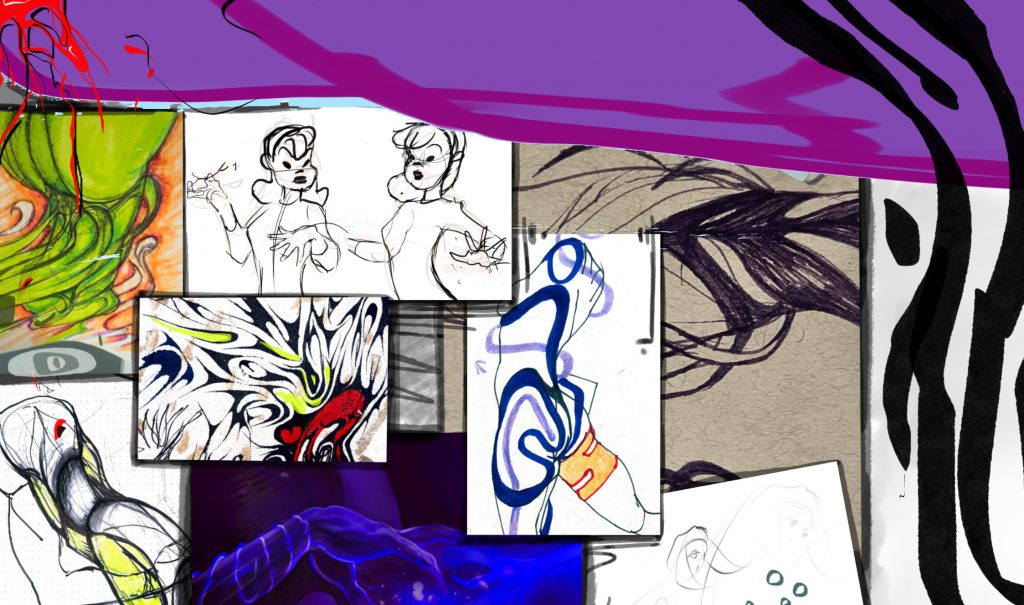The first thing after graduation in my plans is to gather all the work I have and choose the best sequences I have and refine or finish them and also animate new ones so I can put it together as a portfolio/reel.
I have drafts of CV, resume, cover letter, all versions of documents employers state they are looking for upon application. I believe I can still improve some of them, for example I am not sure if my CV sounds/looks professional yet.
Here is my latest draft:

I find it challenging to understand sometimes exactly what my application is missing that makes it not good enough yet as I have not gotten any positive responses so far. However, I am open to advice and learning more about the job hunting process and try to remind myself that it just takes time and skill improvement.
Some specific roles I am interested in and on the look out for include: Storyboard Artist, Layout Artist, 2D Animator, Illustrator and almost any pre production role really. A recent opportunity I am applying to is the Supernova Design internship that Shaun let us know about through Moodle. I took my time exploring their website and made notes of what type of animation they do and how it stands out to me, key company values that I figured out and last but not least, I tried to gain clarity on what candidate they are looking for exactly based on the description. And this is more or less the way I prepare when applying for jobs. (I have not yet applied to that many as I was hoping my final project submission would have some content that I could use for my reel.)
